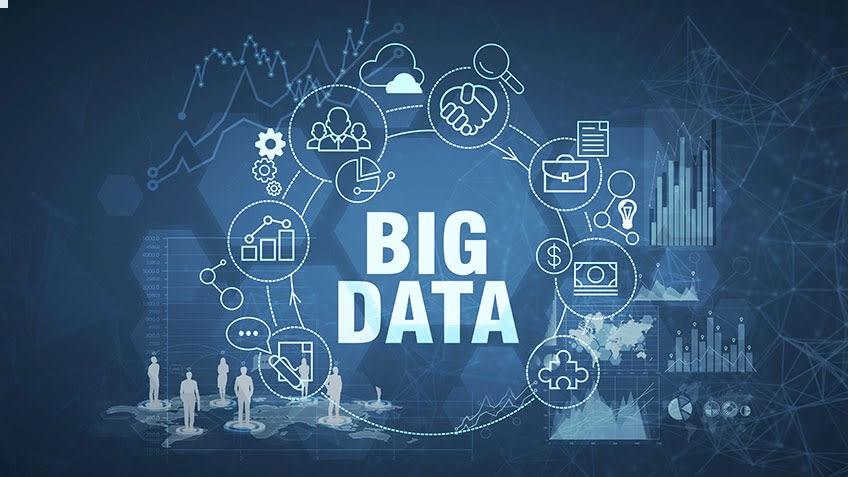Introduction
In simple terms, big data is defined as the aggregate of structured and unstructured information which is so voluminous that it cannot be processed by the traditional systems. If the traditional systems are employed in the processing of big data, the time taken would be very long. In addition to this, it would not be possible to derive insights in a stipulated time frame. That said, the last few years have witnessed a phenomenal growth of big data courses which can be attributed to important milestones in this field.
This article aims at understanding these important milestones in deeper detail.
A diagnosis of data governance
Data governance takes into account different types of processes, various types of rules, and other policies and standards that ensure the responsible use of data by all stakeholders. It is data governance that takes into account various responsibilities of an organization related to data quality and data usage. Data governance is also central in determining the action that can be taken on particular data sets. It is data governance that determines various fundamental strategies and available options for an organization with respect to big data.
One of the key advantages of data governance includes holistic comprehension of data in which we understand various kinds of terminologies and the importance of data with respect to various business units. Data governance also ensures accuracy and consistency of data which not only improves data quality but also ensures its completeness.
In the age of cloud computing, the question of data governance is becoming even more important. As more and more businesses are moving to the cloud, various aspects like security, application development, and infrastructural management are getting a renewed focus. It is in this situation that a perfect framework of data governance can help in the hassle-free migration of content to the cloud environs.
The age of augmented Analytics
When we utilize artificial intelligence and machine learning to augment the process of analytics across the various stages of data processing, it is called augmented analytics. The use of augmented analytics in the present age of big data is extremely important as it helps in the faster processing of data and efficient visualization. In this way, the process of analytics is accelerated and we are able to generate quick insights from segregated data sets. Augmented analytics not only discovers hidden patterns in large data sets but also increases data trust and data literacy. This acts as a boon for business intelligence tools and analytics by supplying information that was not available before. In addition to this, there are three prime capabilities for which augmented analytics is becoming very popular. The first is the automation of various tasks with the help of machine learning. The second is the automatic generation of suggestions when the process of analytics is carried out. The third and most important capability of augmented analytics is called conversational analytics. In conversation analytics, we process the information in the form of questions and answers that are part of a natural dialogue between two or more parties.
The contours of data cloud
The challenge of isolated data storage in various data centers can be eliminated by means of a data cloud. A data cloud is a large entity that allows seamless unification, analysis, and sharing of data between various stakeholders. The data cloud provides an ecosystem where a large number of business corporations connect, interact and share data. This integration of data services leads to accessibility and availability of data without the constraints of time and place.
The great combination of cloud technology and big data
As the scope of big data analytics and big data courses is growing, traditional data infrastructure is reaching its limits of data processing. As such, cloud technologies are providing the solution to cope up with this rising volume of data. Be it the wide range of services provided by the cloud environment or the real-time data processing capabilities, the combination of big data and cloud is a unique answer to all our data woes. That said, the range of applications that this great combination can cater to is just phenomenal.
The way ahead
The range of milestones related to big data analytics is outlined by the number of its applications. On a similar front, public, private, and hybrid clouds are helping in better data management and processing. As a combination, these two technologies not only supplement each other but widen the scope of applications of various digital technologies. This would not only lead to rapid progress in advanced analytics in the near future but would also take forward the vision of the data revolution.






